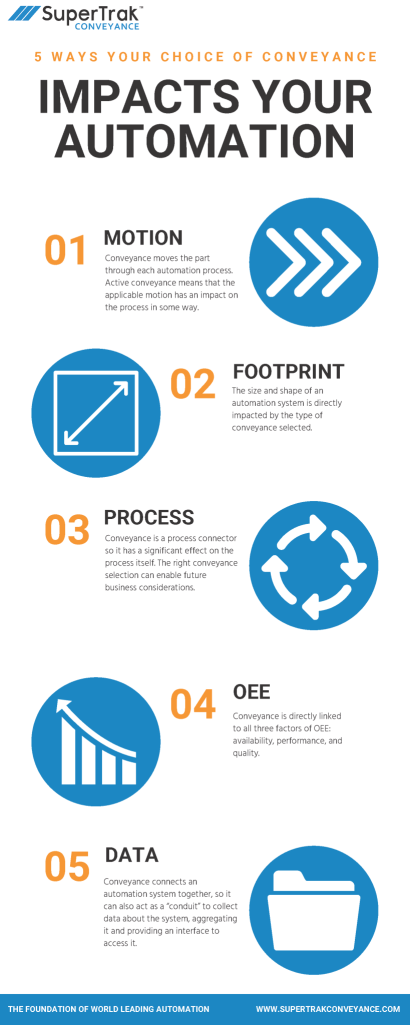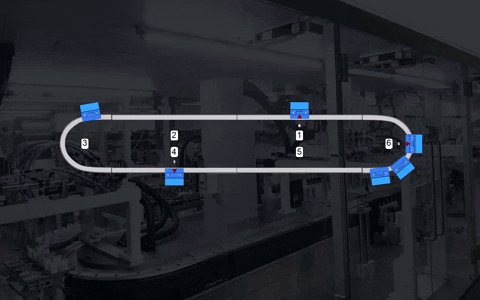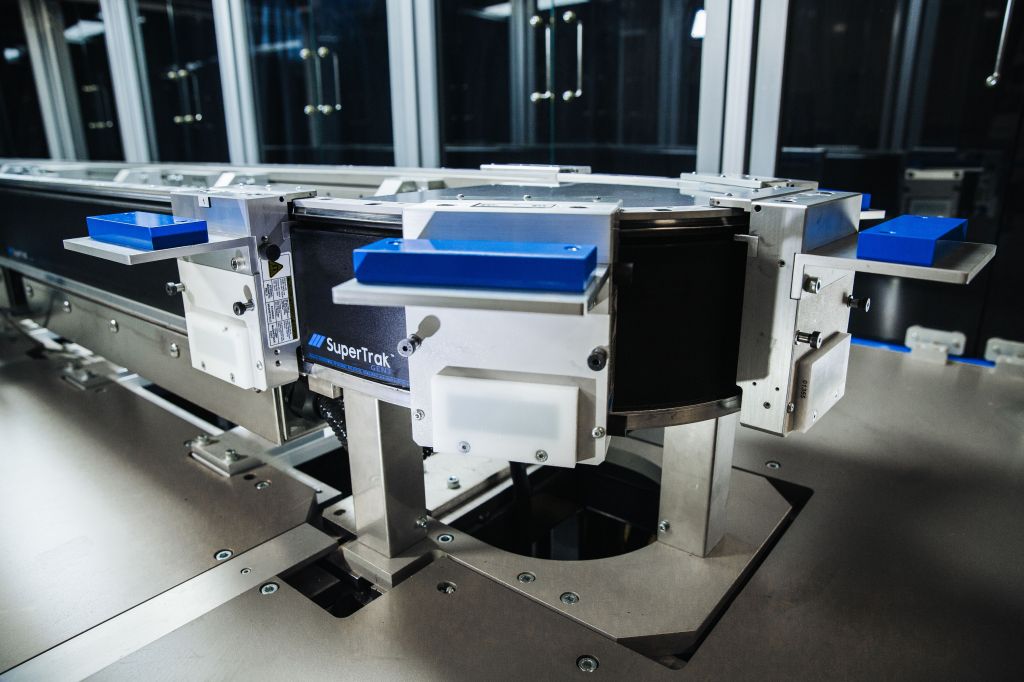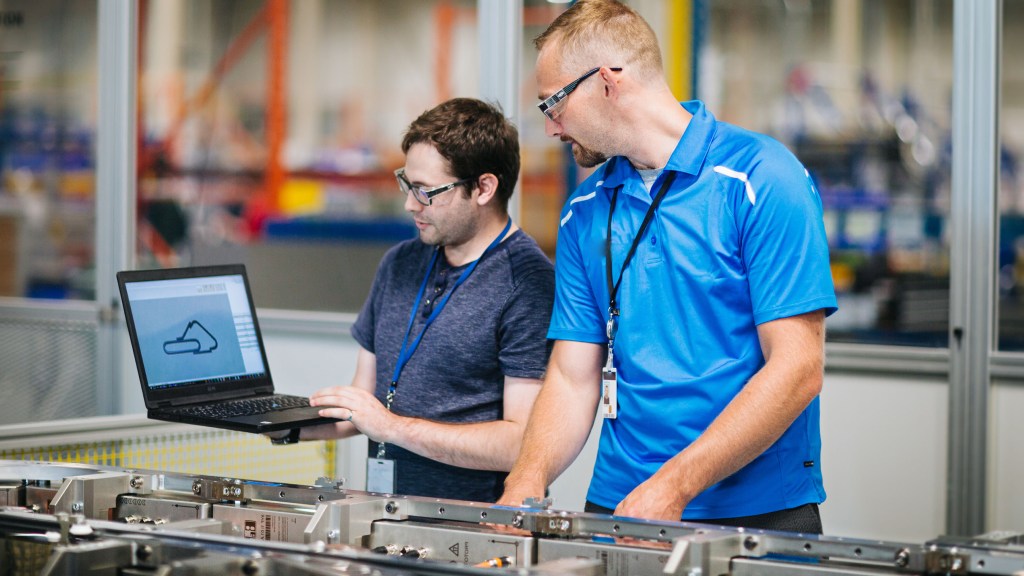Conveyance is motion. Conveyance – or how you are getting parts from point A to point B – is often an afterthought when it comes to automation design. Station design and throughput goals often take precedence but there are several reasons why conveyance should be considered right from the start.
Here are the 5 ways conveyance impacts your automation design.

Motion
Conveyance is motion; it moves a part or workpiece from station to station. Most conveyors are passive. They don’t contribute to the process itself and just move the part from A to B.
However, there is another type of motion available to modern manufacturers. Smart conveyance where the motion can be active, meaning it has an impact on the process itself. From a conveyance perspective, this would include things like:
- Indexing parts on a shuttle to utilize one piece of tooling to work on multiple parts.
- Changing velocity and acceleration (i.e., unsecured parts placed onto a shuttle may require a lower acceleration until they are properly secured)
- Utilizing the conveyance as an axis rather than adding additional actuation to the station design
- Heating/Curing/Cooling – (i.e., slow down shuttles as they move through a heating tunnel)
- Pressing parts together
- Camming (i.e.,utilizing an external cam to move the shuttle shelf into the required position for station processing)
Footprint
The size and shape of an automation system is directly impacted by the type of conveyance selected. If you use active motion technology like smart conveyance, you may be able to reduce the footprint of your system by utilizing certain tooling to do more work that can reduce the number of stations you need to achieve your desired output. One customer we worked with was able to reduce their footprint by 44% using our SuperTrak CONVEYANCE™ GEN3 platform that uses smart conveyance.
Process
Conveyance is a process connector, so it has a significant effect on the process itself. Does it need to be scaled in the future? Will your process need to adapt and change as you iterate on your product? The right conveyance selection provides the flexibility to enable future business considerations.
OEE
The three major factors of Overall Equipment Effectiveness (OEE) are impacted by your choice in conveyance.
1. Availability
Conveyance ties your entire system together. If your conveyor is down, your entire system is down. If your conveyor is constrained to synchronous motion and one element of your system is down, your entire system is down. A conveyance option that allows for asynchronous motion can help increase machine availability and reduce downtime.
2. Performance
Getting parts into stations fast is essential to maintaining cycle time. Shuttle exchange times (the time it takes one part or shuttle to leave the station and the next to be ready to be worked on) are important to optimize as much as possible to avoid station starving and bottlenecks. Synchronous conveyance is constrained by your slowest process and directly impacts your performance.
3. Quality
Automation depends on highly repeatable processes to ensure quality. Repeatable means predictable and can ensure that products are assembled properly. Conveyance plays a role as it brings parts in and out of stations and positions them properly in line with the tooling.
Aggressive cycle times often overdrive automation components, negatively impacting quality. Having a conveyance that can deliver parts with speed and repeatability can result in much higher quality metrics. Conveyance is also responsible for routing good parts and bad parts around a system.

Data
our choice in conveyance can also impact the type of data you have available to you. Conveyance connects an automation system together and touches every part of it. Conveyance can act as a conduit to collect information about the product and the process and you can then aggregate it, and provide an easy interface to access it for analysis.
Considering these factors at the beginning of an automation project can significantly impact performance, cost, and scalability. All these factors contribute to the overall success of your system, and you can’t afford to leave them to an afterthought.
Ready to see the difference smart conveyance can make to your system?








